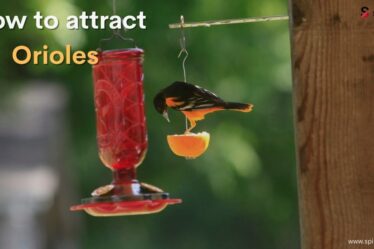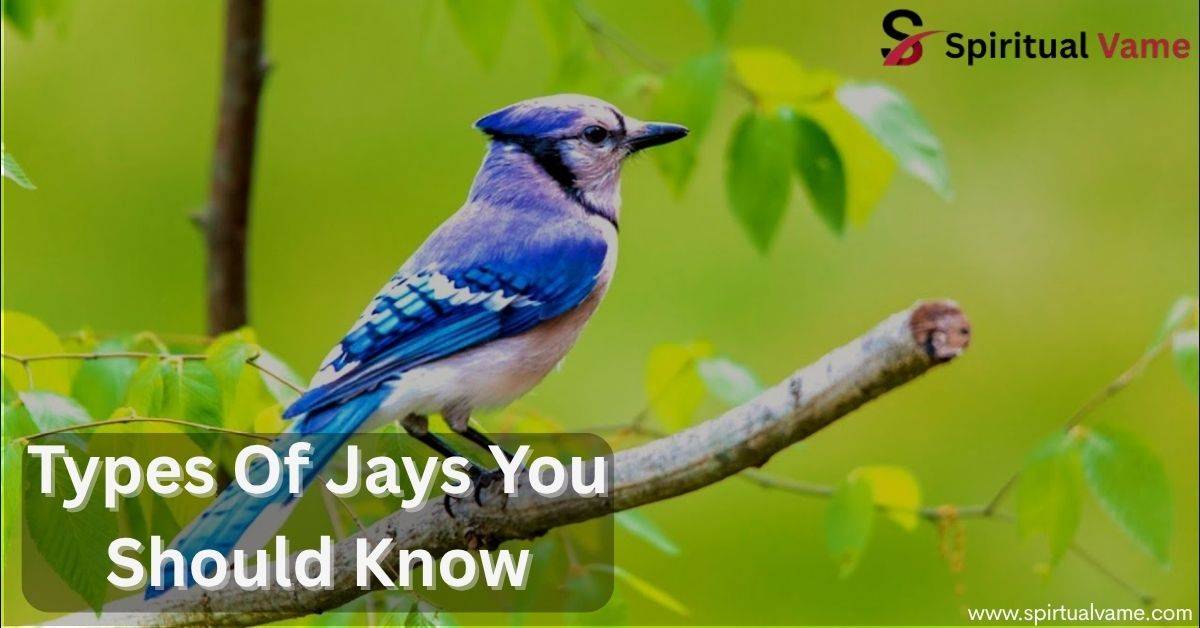
If you love colorful birds, you’re in for a treat. Jays are some of the brightest, boldest birds you’ll ever see. They are clever, noisy, and full of personality. In this article, we’ll explore the most amazing Types of Jays You Should Know. These beautiful birds can be found in forests, parks, and even backyards across the USA.
From the famous Blue Jay to the rare Island Jay, there’s a lot to discover. Knowing the Types of Jays You Should Know will help you spot these colorful creatures more easily. Get ready to dive into a world filled with bright feathers, smart tricks, and loud calls!
Types Of Jays
Jays belong to the Corvidae family, the same smart bunch as crows and ravens. But make no mistake — jays bring their own vibrant twist to the bird world. They come packed with intelligence, beauty, and a little bit of attitude. Here’s a closer look at 12 must-know types of jays found across the USA and beyond.
1. Blue Jay
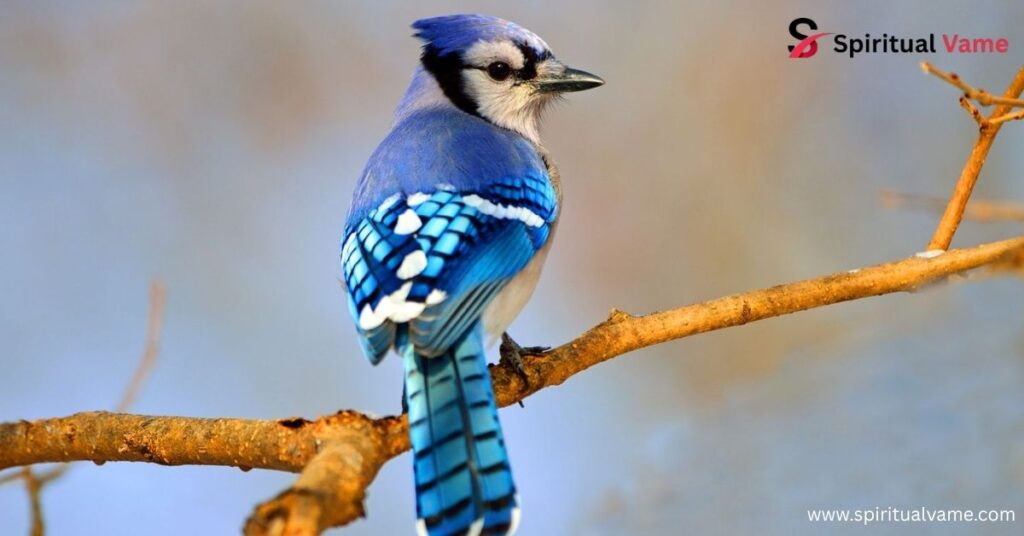
With electric blue feathers, a sharp crest, and a noisy “jay jay” call, the Blue Jay stands out as one of America’s most familiar birds. You’ll recognize its bright coloring, bold white patches, and a black necklace around its neck. These birds are crafty, often mimicking hawk cries to trick other animals. Related to crows and ravens, Blue Jays are highly intelligent and love to stir up a little mischief in your backyard. Whether flashing their blue-gray backs or acting a little like a flashy robin, they are never dull.
2. Steller’s Jay
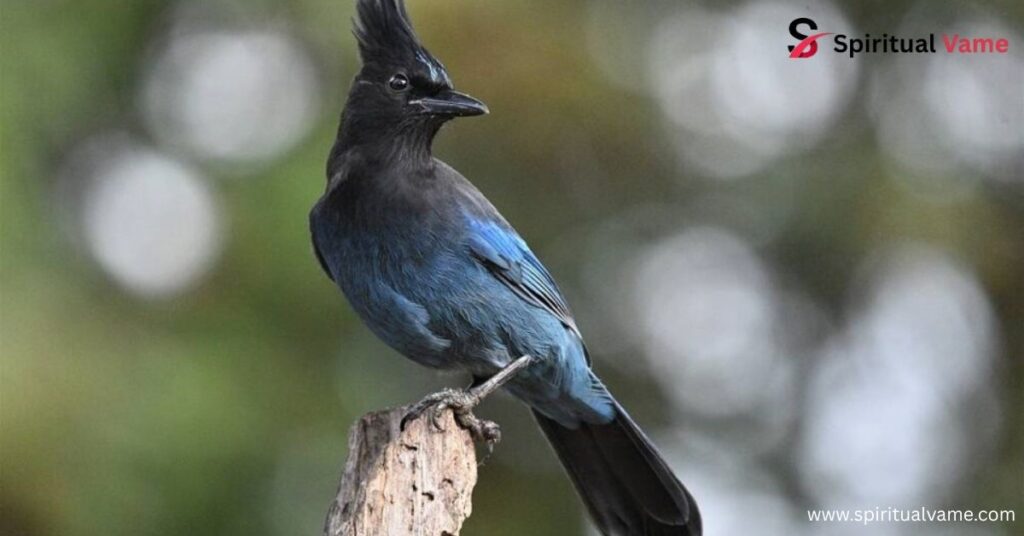
This western beauty, known as Cyanocitta stelleri, carries a royal look with its black-crested head and deep dark blue wings. Often seen in mountainous forests from Alaska to Nicaragua, the Steller’s Jay has a raspy, scolding voice that’s hard to miss. Its bold personality matches its appearance, and different subspecies like macrolopha and carlottae add fascinating regional flavors to this striking bird. You might notice vivid barring on their wings and a touch of blackish hue blending into their crown.
3. Eurasian Jay

While not common in the United States, the Eurasian Jay brings a special flair from across the Atlantic. Sporting a soft pinkish body and dazzling electric-blue wing patches, this bird feels like the sophisticated European cousin of our flashy American jays. Although sightings here are rare, this bird is well-loved abroad for its cleverness and beautiful plumage.
4. Green Jay
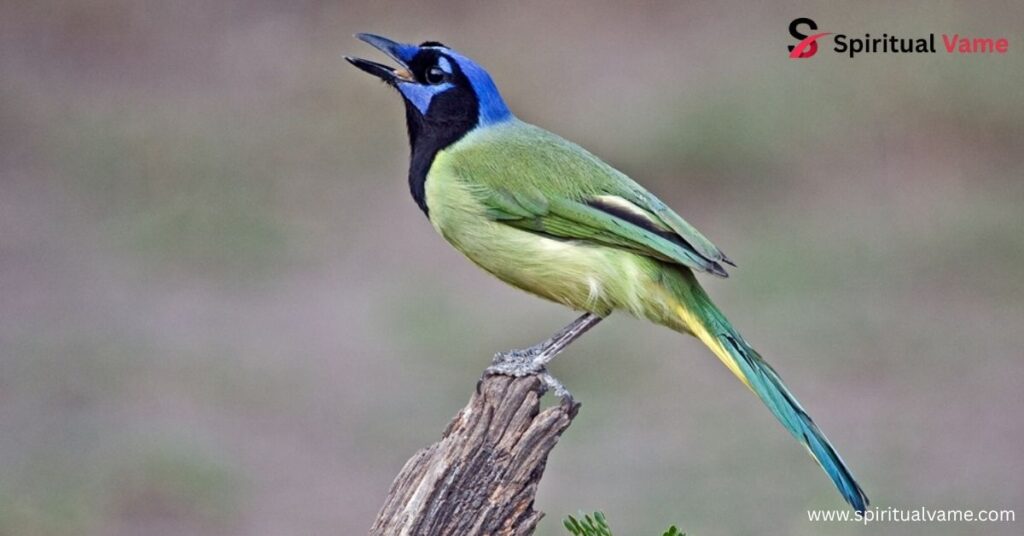
If tropical colors are your thing, meet the Green Jay, also known as Cyanocorax yncas. Flashing a bold mix of green, yellow, black, and blue, this bird looks like it belongs at a carnival. Found mainly in Mexico and the southernmost parts of Texas, the Green Jay makes its home in rainforest edges and dense woodlands. It’s no surprise that birdwatchers from all over flock to catch a glimpse of this vibrant beauty.
5. Mexican Jay
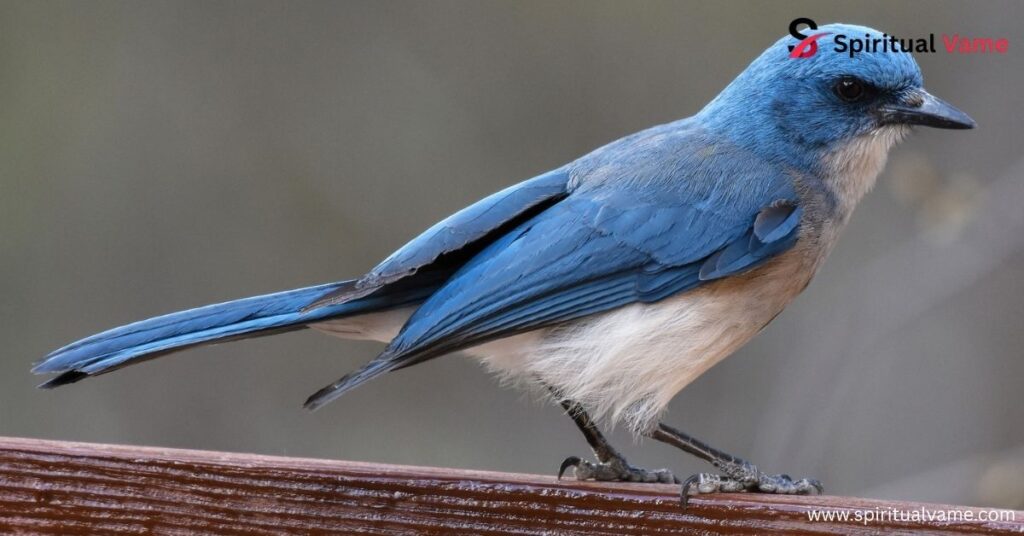
Found in the rugged landscapes of Arizona, New Mexico, and into Mexico, the Mexican Jay (Aphelocoma wollweberi) dresses in gentle shades of blue and gray, accented with a clean touch of white. These social birds live in tight family groups and often chatter noisily among the pines. Their calm, cooperative nature sets them apart from their louder relatives, and they add a lively spirit to any mountain trail.
6. Florida Scrub-Jay
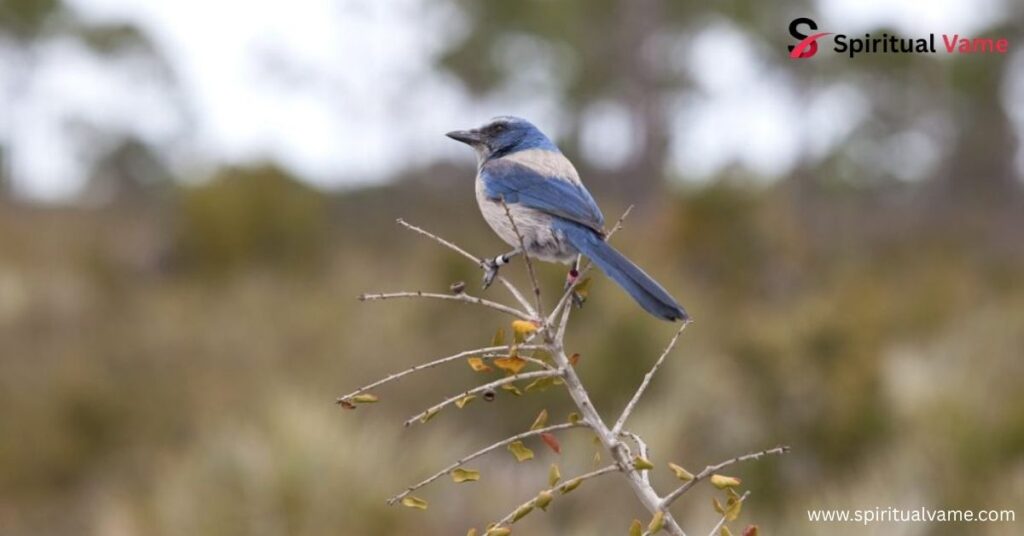
The Florida Scrub-Jay (Aphelocoma coerulescens) is the only bird species found exclusively in Florida. With a soft mix of blue, gray, and white, this jay is a true symbol of Florida’s disappearing oak scrub habitats. Due to heavy development and land changes, it’s now listed as threatened. Friendly and fiercely loyal to family, these jays often hop right up to curious observers looking for a peanut treat.
7. Gray Jay
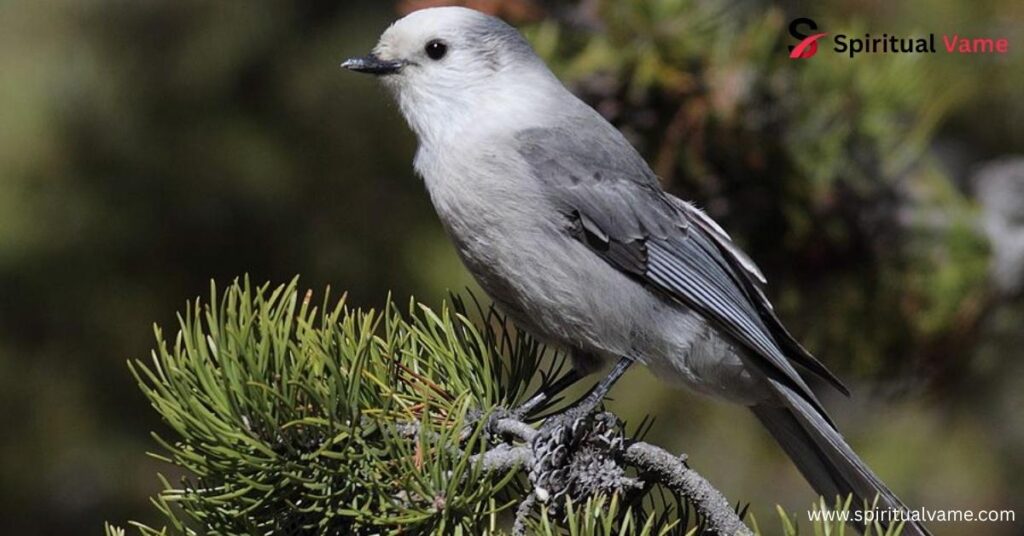
The Gray Jay (Perisoreus canadensis) goes by many names, including the charming “Whiskey Jack.” Draped in simple tones of gray, white, and black, it’s a trusted companion in the boreal forests of Canada. This bird has a sneaky talent for storing food among tree branches, helping it survive freezing winters. It’s known for its friendly curiosity, sometimes swooping in to snatch food right from an outstretched hand.
8. Pinyon Jay
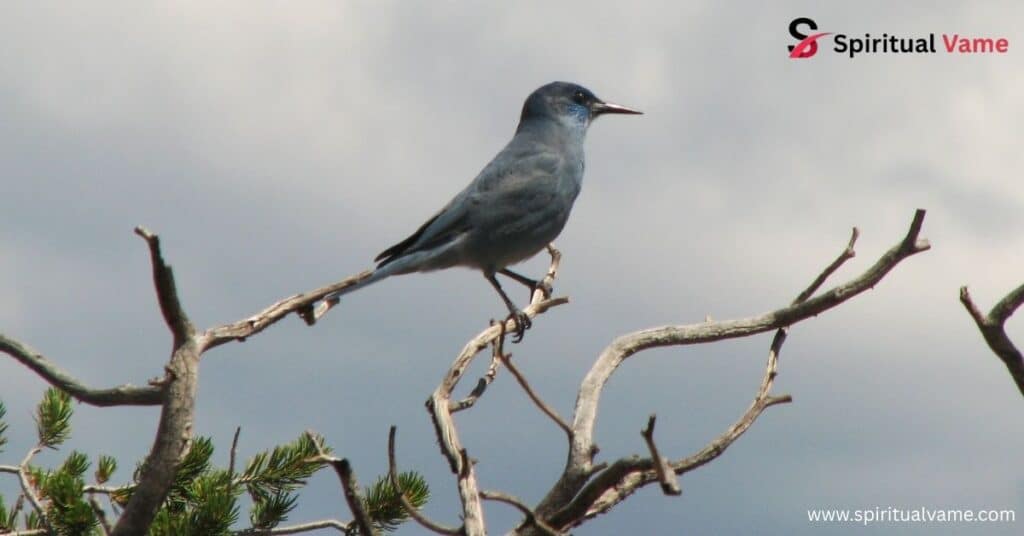
The Pinyon Jay (Gymnorhinus cyanocephalus) has a special relationship with pinyon pine trees. With feathers brushed in soft blue, gray, and white, these jays thrive in dry, open forests across the western U.S. They move in tight flocks and depend heavily on pinyon seeds, creating an ancient bond between bird and tree that has lasted for generations.
9. White-Throated Jay
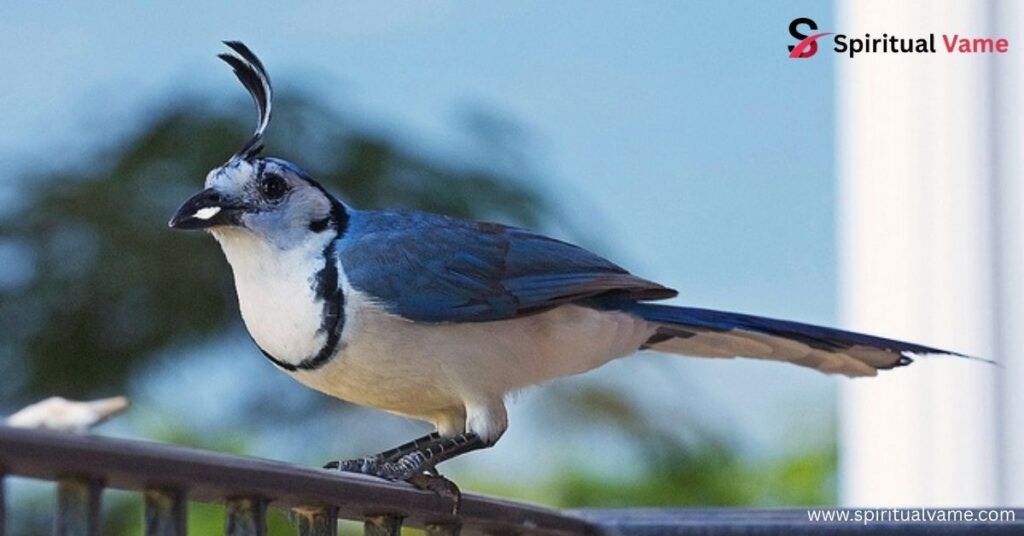
The White-Throated Jay is a rare find, tucked away in the misty cloud forests of Mexico. Its deep dark blue body and striking white throat make it an unforgettable sight for those lucky enough to spot one. Very little is known about this elusive jay, making every encounter a small treasure.
10. Black-Throated Magpie-Jay
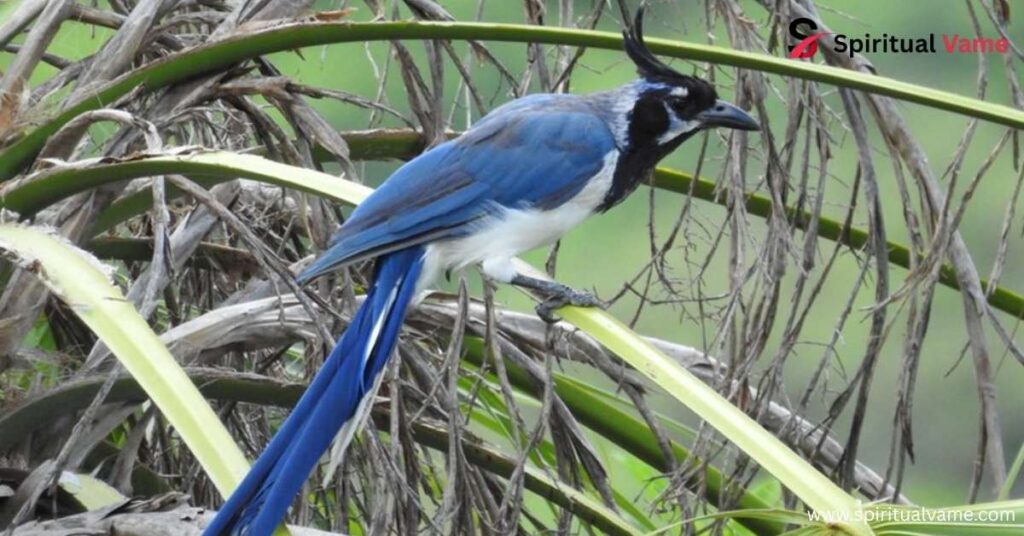
Straight out of a storybook, the Black-Throated Magpie-Jay (Calocitta colliei) boasts an enormous tail and eye-popping colors of blue, white, and black. Found mainly in northwestern Mexico, this bird is all about drama and flair, soaring across fields and scrublands with elegance and a touch of attitude.
11. Island Jay
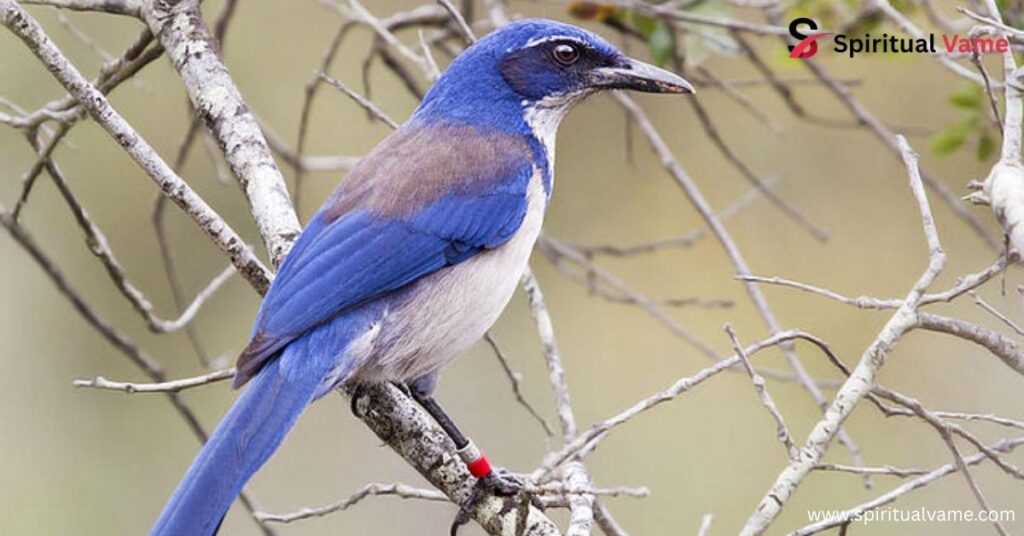
The Island Jay remains a bit of a mystery. Adapted to life on isolated islands, this jay shows slight changes from its mainland relatives. Its adaptations hint at how nature reshapes species in different environments, offering a fascinating look at evolution in action.
12. Azure Jay
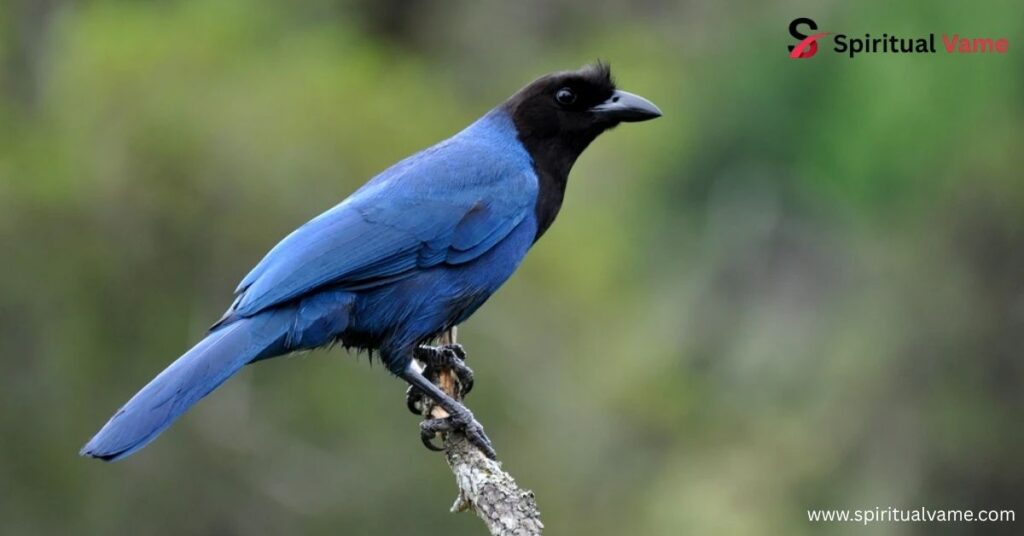
Last but definitely not least, the Azure Jay lights up the forests of Brazil. With glowing blue feathers and a deep, commanding voice, this bird shows that the jay family’s beauty knows no borders. Though it lives far from the USA, it shares many traits with our own beloved jays.
How to Attract Different Types of Jays to Your Backyard
If you’re fascinated by the bold colors and lively antics of jays, you might be wondering how you can bring more of them into your own backyard. Luckily, attracting jays is easier than you think! Start by offering their favorite foods like peanuts, sunflower seeds, and suet. Setting out a platform feeder or scattering treats on the ground works best, as many jays prefer easy access over tricky hanging feeders.
Planting native trees like oak, pinyon pine, or fruit-bearing shrubs can also invite Blue Jays, Pinyon Jays, and even Green Jays if you’re lucky enough to live in their range. Fresh water is another major draw — a birdbath with a gentle fountain can turn your yard into a jay magnet. Just be patient, stay consistent, and before long, you’ll spot brilliant flashes of blue, green, and even gray right outside your window. With a little effort, you can create a lively haven for some of the most clever and colorful birds in North America!
Conclusion
The world of jays is nothing short of magical. Whether you’re admiring the flashy Blue Jay from your porch or dreaming of spotting a Green Jay in a lush rainforest, each type of jay brings its own color, character, and cleverness to nature’s stage. These birds remind us just how rich and diverse life can be, from the snowy woods of Canada to the sun-soaked flats of Florida and the misty forests of Mexico. The next time you hear a raucous call overhead or see a flash of color in the trees, stop and take a closer look — you might just be meeting one of these amazing jays.

